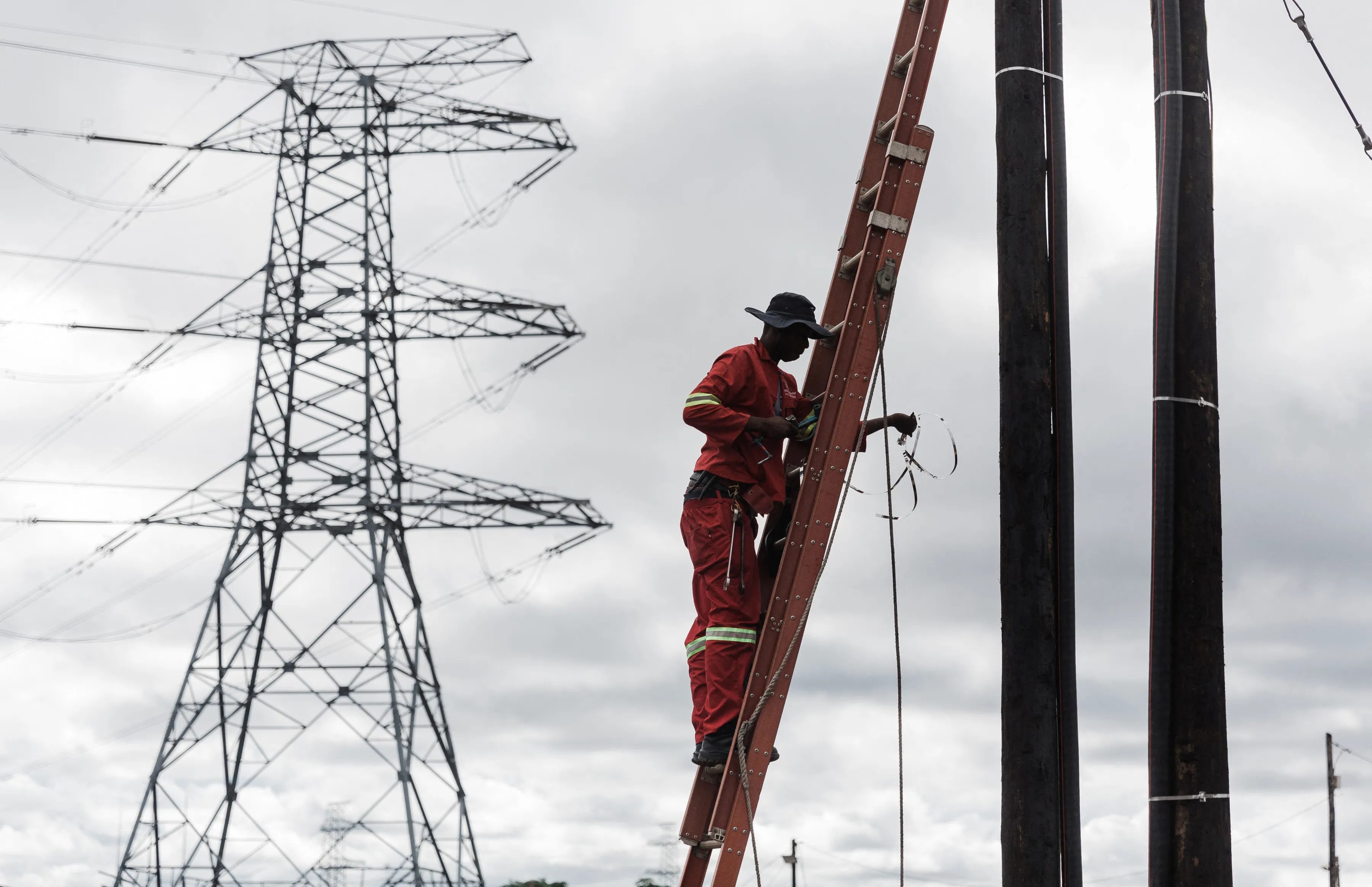
Eskom implemented Stage 6 load shedding overnight, until further notice.
- Eskom escalated load shedding to Stage 6 overnight due to inadequate generation capacity and the need to replenish emergency reserves.
- The power utility last implemented Stage 6 load shedding in November 2023 and partly attributed it to a heatwave.
- South Africans have had to deal with load shedding for most days since the festive period ended.
- For more financial news, go to the News24 Business front page.
Eskom escalated load shedding to Stage 6 overnight – the first time in nearly three months.
In the early hours of Saturday morning, the power utility issued a short note indicating that two more generating units had broken down and that it had to replenish emergency reserves, which warranted Stage 6.
By Saturday evening, in a statement Eskom explained that since Thursday, at least 10 generating units had been taken out of service, five of which were due to boiler tube leaks.
“This resulted in insufficient generation capacity. Additionally, the delay in returning three units from planned maintenance also contributed to inadequate generation capacity and increased reliance on emergency reserves,” the statement read. The combination of the loss of generation capacity as well as the need to replenish emergency reserves necessitated Stage 6 load shedding, the power utility reiterated.
Stage 6 load shedding will be in force until further notice, the power utility expects to issue an update on Sunday afternoon.
Unplanned outages are at 17 798 MW of generating capacity. Units which are out due to planned maintenance is at 6 653 MW. Peak demand for Saturday night is 25 087MW.
“Eskom Power Station General Managers and their teams have since returned a total of three generating units and continue to work diligently to ensure that an additional 2 400MW of generating capacity is returned to service by Monday morning,” the statement read.
READ | SONA 2024 | End of load shedding may be within reach, but it’s no thanks to government
South Africans have been experiencing load shedding for most days since 2 January, following the end of the festive period, according to data tracked by The Outlier.
The last time Eskom implemented Stage 6 load shedding was in November 2023. It partly attributed this to a heatwave that led to an unprecedented level of demand to power air conditioning.
At the time, Eskom had to replenish emergency reserves that had been depleted due to several plant breakdowns over two weeks.
Similarly, on Friday night, Stage 6 load shedding was warranted to refill dams, that were “critically low,” said Eskom spokesperson Daphne Mokwena. “The most important thing that led to us going to Stage 6, was to use that time at night, to pump our dams which are critically low,” she told News24 earlier on Saturday.
Eskom generates emergency electricity at three water pumping plants – one near Grabouw in the Western Cape and two in KwaZulu-Natal (near Bergville and near Ladysmith).
Over weekends and during other off-peak periods, Eskom must pump the water from the bottom to the top dams. This will ensure that there is enough water at peak periods that can flow down the system, through the power generators to the bottom dams to generate electricity.
On Thursday night, when he delivered his State of the Nation Address, President Cyril Ramaphosa said the “worst” of the energy crisis had passed. “…The end of load shedding is finally within reach,” he said – a contrast to what is being experienced in reality.
The Presidency meanwhile issued an advisory indicating that Electricity Minister Dr Kgosientsho Ramokgopa would be holding a briefing on Sunday, in light of the higher stages of load shedding.
*This article was updated with Eskom’s latest statement at 18:30 on Saturday 10 February, 2024.






Recent Comments